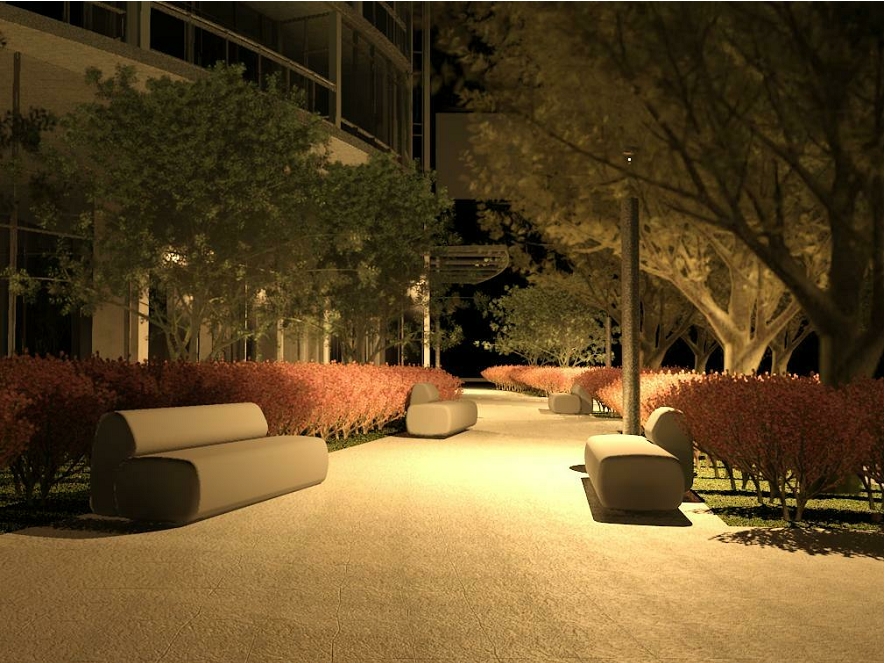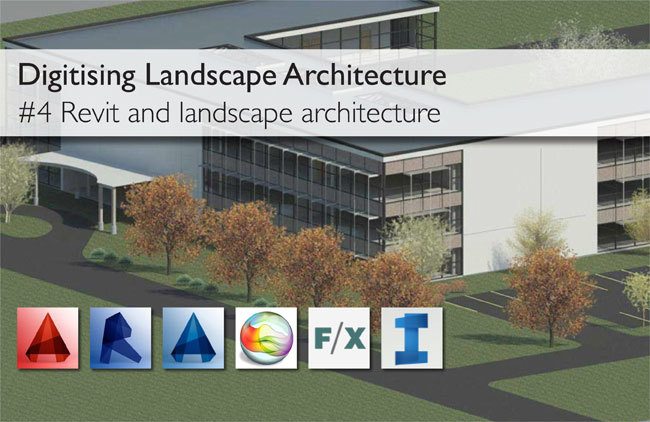

In order to give full play to the openness of the site, the outer skin of the building is opened in all directions, inviting people to enter the 010 Building from different directions. During the day, the satin metal skin reflects the ever-changing weather and open-sky vistas, producing a liquid-like halo at night, it reflects the city lights and neon signs. This project has no distinction between facades in traditional buildings, nor a preferred main facade image, but presents itself to all directions of the city in the form of sculpture, like a veteran actor.

From there you move into modelling hardscapes using walls, floors, and stairs, and adding components such as trees, site furniture and planting areas. Then you learn how to create a basic building with walls, doors, windows, and roofs. You begin by learning about the user interface and basic drawing, editing, and viewing tools. The Autodesk(R) Revit(R)) for Landscape Architecture student guide is designed to teach you the Autodesk Revit functionality focusing on creating and documenting full 3D project models for an urban environment. As a key component of this workflow, Autodesk Revit allows landscape architecture firms to produce powerfully intelligent designs. The Autodesk(R) Revit(R) software is a powerful Building Information Modeling (BIM) program that has allowed countless firms to incorporate the BIM workflow into their designs.


 0 kommentar(er)
0 kommentar(er)
